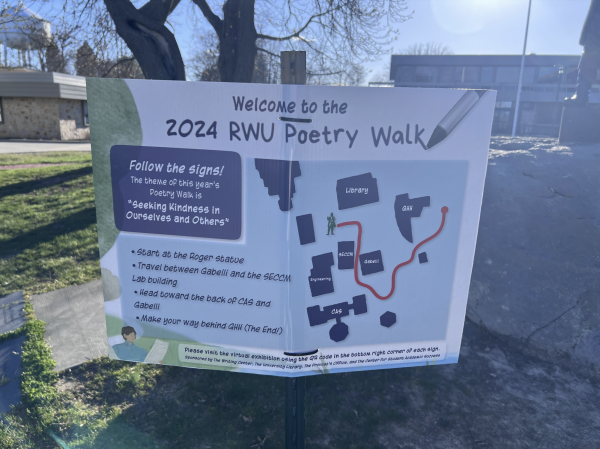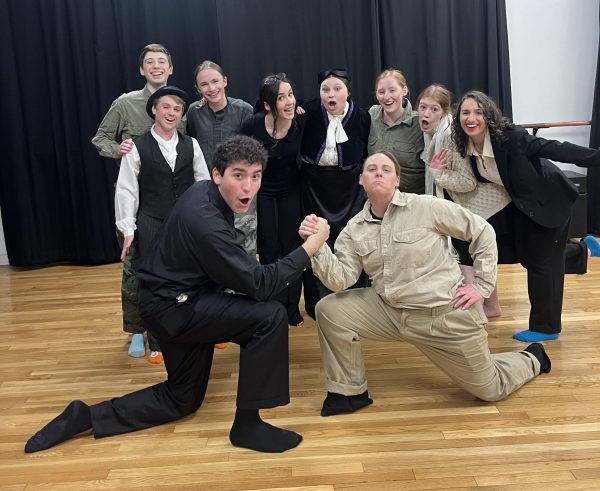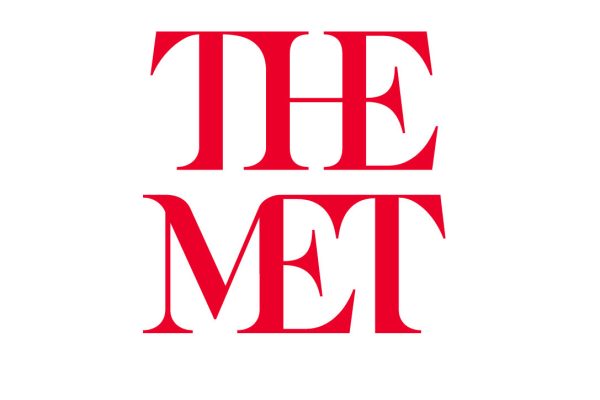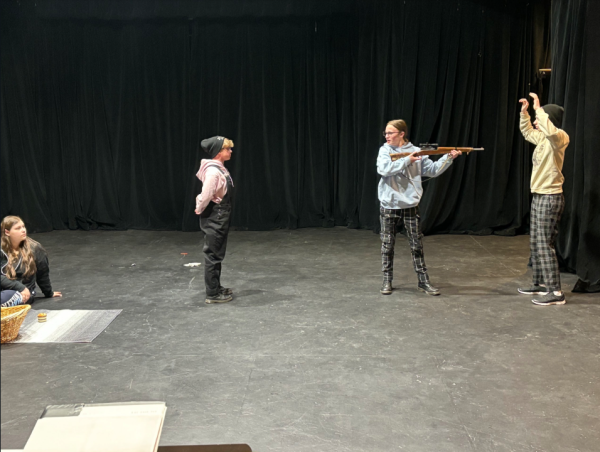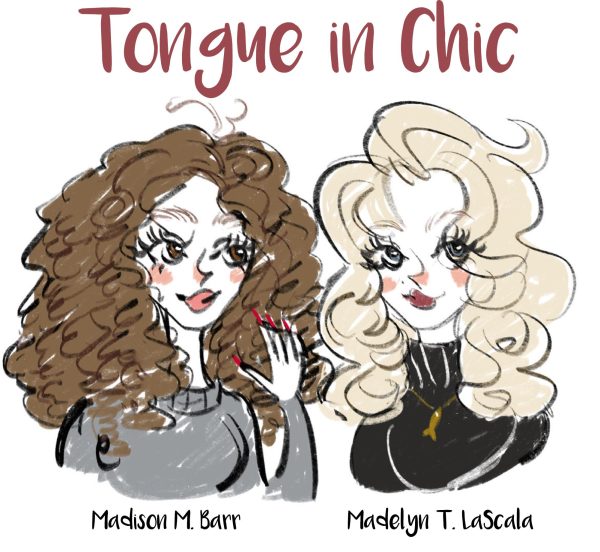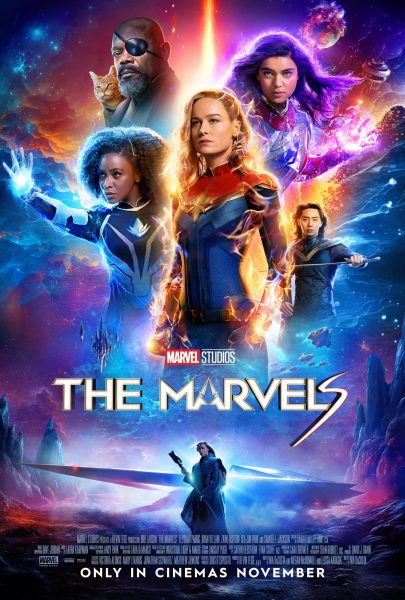Pharrell Williams vs. Marvin Gaye: “Got to Give It Up”
The “Blurred Lines” of copyright law
In 2018, the Ninth Circuit Court of Appeals affirmed, in pertinent part, the decision of the United States District Court for the Central District of California. The district court found that Pharrell Williams, Robin Thicke and a publishing company infringed on Marvin Gaye Jr.’s copyright in “Got to Give it Up.”
After a seven-day trial and two days of jury deliberation, the jury found that “Blurred Lines,” the world’s best selling single of 2013, infringed Gaye’s copyright in his 1977 hit song “Got to Give it Up.” The jury awarded Gaye $4 million in actual damages from Thicke and Williams jointly and around $1.75 million in individual profits from Thicke and Williams.
Was this the correct decision, or was this simply the result of a jury trying to make the Gaye family whole after Gaye’s untimely murder at the hands of his father? To answer this question, copyright law must be reviewed.
Although the case happened recently, we must look at copyright law at that time. As the appeals court noted, “Marvin Gaye composed “Got to Give it Up” before Jan. 1, 1978, the effective date of the Copyright Act of 1976. Accordingly, the Copyright Act of 1909 governs Gaye’s compositional copyright. The timing of all this probably made civil procedure professors across the nation crack a smile.
To be clear, Williams and Thicke admitted to getting inspiration for their song from Gaye. The issue then, was not whether “Blurred Lines” copied “Got to Give it Up,” but whether it copied too much. The real question is whether the copying is “substantial.” This is somewhat common knowledge since there are a set number of musical notes and only a certain number of combinations. It is also clear that one cannot copyright a style of music. That is akin to trying to copyright “the hero’s journey” in novels. However, even subconscious and unintentional infringement is punishable.
Way too often, much comes down to the skill and actions of lawyers at trial. Unfathomably, neither Gaye’s attorneys nor Williams’ attorneys filed for judgment as a matter of law. This is known as a Rule 50 motion which would have allowed the appeals court to review the sufficiency of the evidence.
Thicke and Williams would have won on appeal or even in the lower court with a Rule 50 motion. Gaye was a victim of bad timing years before his death. The 1909 Copyright Act did not cover audiovisual works. The 1976 Act did. If Gaye made his song in 1978, his argument would have been more solid. All Gaye had to prove his copyright was the song’s sheet music.
From the sheet music, it is apparent that neither the actual words of the song nor the melodies are the same. Since the 1909 Copyright Act only allowed a decision-maker to look at the “four corners” of this document, no reasonable fact-finder could find in favor of Gaye. Therefore, on appeal, this issue could not be reviewed, and all that could be reviewed was an abuse of discretion. Weirdly enough, if the same jury ruled the exact opposite based on the same evidence, this would have been upheld by the appeals court as well.

